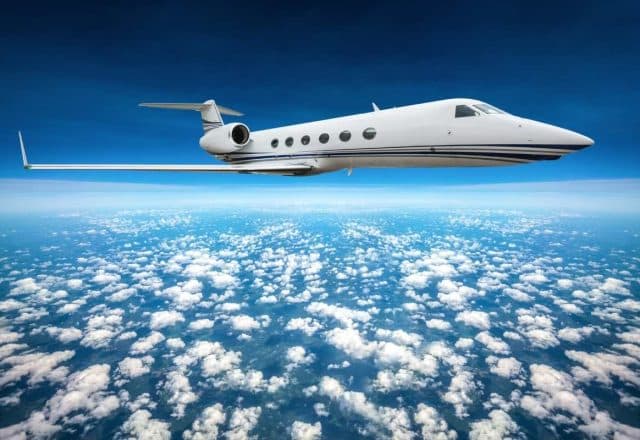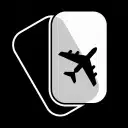Why Do Private Jets Fly at Higher Altitudes?
TL;DR:
Private jets fly higher than commercial jets (41,000-45,000 ft vs 35,000 ft) for several reasons:
- Less crowded skies: Fewer airplanes means smoother flights and more direct routes.
- Better weather: Higher altitudes avoid turbulence and bad weather systems.
- Faster climbs: Lighter weight allows private jets to reach cruising altitude quicker.
When you charter your first private jet, you’ll never forget those first feelings of convenience and luxury. From the seamless, simple check-in process to the peaceful luxury that can only accompany flying privately, there’s nothing better than traveling to your destination aboard a private jet. But the benefits go beyond convenience.
Did you know that private jets ascend faster and fly higher than commercial jets? It’s true.
So, how high do private jets fly?
While commercial jets typically cruise at an altitude of 35,000 feet, the average private jet cruising altitude comes in around 41,000-45,000 feet, with some even reaching higher altitudes.
Currently, the “highest-flying private jet” title goes to the Gulfstream G650, which reaches a service ceiling of 51,000 feet.
This higher altitude brings several benefits, which we’ll explore in detail throughout this blog post. Get ready to learn everything you need to know about private jet altitude.
Private Jets are Smaller and Lighter
When commercial jets are packed to maximum capacity with passengers, crew, their belongings, and fuel, their power-to-weight ratio is much lower than that of a private jet.
Because private jets have fewer bodies on board, even though they’re much smaller in size, they can ascend faster and reach their cruising speed much quicker. Some commercial jets can achieve the same performance, but it would be far less economical.
But what about the little ones? How high do small planes fly? While it varies from aircraft to aircraft, it must be higher than 1,000 feet, which is legally enforced. Typically, a light jet’s altitude is usually around 10,000 to 15,000 feet.
Private Jets Avoid Weather Systems
We’ve all been there before, clutching onto the armrests of our seats in a commercial airliner as it bumps around while passing through a particularly nasty weather system. For some, it’s exciting, but for others, it makes the trip much less comfortable.
When you fly in a private jet at higher altitudes, you’re less likely to run through the same weather systems. With less air traffic to contend with, private jet pilots can simply fly around ugly weather systems and make the passengers’ flight much more comfortable.
This also answers the question “Is it safe to fly at 41,000 feet?” In fact, 41,000 feet falls well within the safe cruising altitude range for many private jets. This altitude offers a perfect balance between fuel efficiency and smooth air. Additionally, strict regulations and pilot training ensure the safety of everyone on board at these heights.
Unfortunately, commercial pilots don’t have the same flexibility in their flight plans as private jet pilots do. Because they’re surrounded by other aircraft at their lower altitudes, it’s unlikely that they can change course, and if they can, it will increase the journey, causing delays for passengers.
Private Jets Take the Path Less Traveled
Air Traffic Control is in place to make sure there’s order and safety in the skies. This is especially important in airspaces that have heavy air traffic, like international airports. However, they also help aircraft keep their distances from one another, no matter what altitude the aircraft is cruising at.
Though this support is there, it’s rarely needed for private jet operators since they fly at higher altitudes where fewer aircraft can be found.
This practice brings private jet travelers even more benefits, besides less crowded skies. Private jets are typically able to fly a more direct path since there’s less traffic up high, making their flight shorter than it would be otherwise.
Popular Private Jets and their Performance
Here’s a look at the private jet cruising altitude and other performance metrics for some of our most requested aircraft.
| Global 7500 | Seating | Max range | Cruise altitude | Cruise speed |
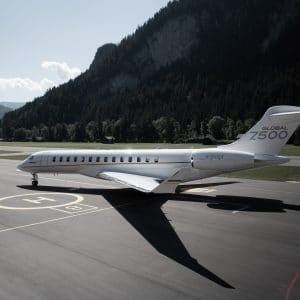 |
19 | 7,700 | 43,000 ft | 704 mph |
| Global Express | Seating | Max range | Cruise altitude | Cruise speed |
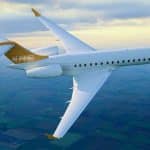
|
14 | 7,077 | 51,000 ft | 548 mph |
| Gulfstream G650 | Seating | Max range | Cruise altitude | Cruise speed |
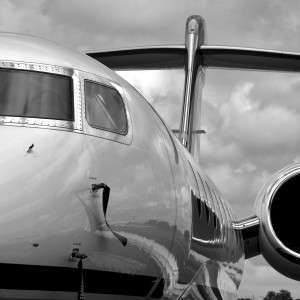
|
12 | 8,055 | 51,000 ft | 578 mph |
| Legacy 600 | Seating | Max range | Cruise altitude | Cruise speed |
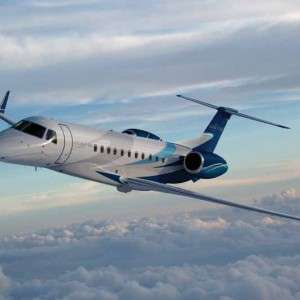
|
13 | 3,556 | 41,000 ft | 502 mph |
| Falcon 2000EX | Seating | Max range | Cruise altitude | Cruise speed |
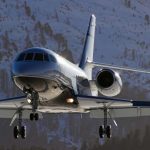
|
8 | 4,373 | 47,000 ft | 560 mph |
| Citation X | Seating | Max range | Cruise altitude | Cruise speed |
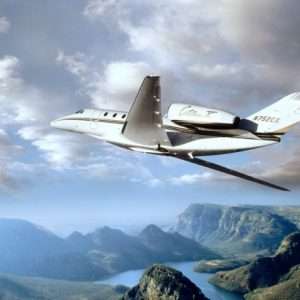
|
8 | 3,325 | 43,000 ft | 604 mph |
Learn More About Private Jet Charters & Book Today!
Other Ways Flying Privately Saves Time
Overall, flying privately saves passengers hours for the same journey taken by commercial travelers, and it doesn’t entirely have to do with the private jet cruising altitude.
Landing closer to your destination
Due to their size, private aircraft have so many more arrival airport options available to them than commercial airliners do. While they’re stuck landing at international airports, smaller private aircraft can land at less busy airports with shorter runways. This can save loads of time for travelers who need to arrange ground transportation to take them on the final leg of their journey.
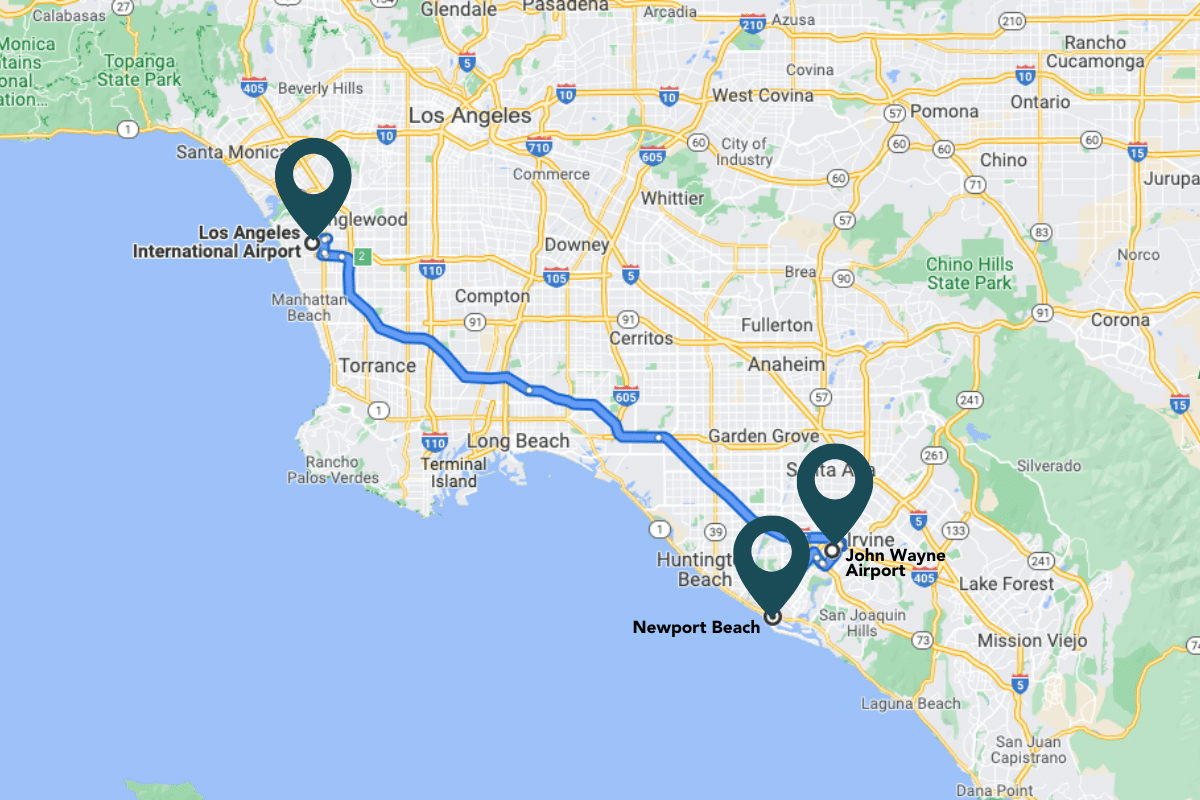
Let’s use an example to help explain. Instead of taking a 50-minute cab ride from LAX to Newport Beach, a traveler in a private jet could land at the John Wayne Airport and drive just 15 minutes to the beach. And if you factor in the time it takes to get out of the traffic-entrenched LAX airport, you’ll find yourself at Newport Beach much quicker.
Spending less time at the airport
When you book a seat on a commercial airliner, you’re often advised to be at the airport three hours early for international flights and a little less than that for domestic flights. This is so that you have enough time to get through all the line-ups required for your pre-boarding.
Even when flying out of the same international airport, private jet flyers don’t need to show up nearly as early. This is because they don’t need to enter the same line-ups and board in the same areas.
Private flyers typically check in at FBOs (Fixed Base Operators), which are essentially smaller private jet terminals. This allows them to get through their pre-flight checks in mere minutes instead of hours.
High-speed cruising
Another reason why private jets are faster than commercial airliners has to do with their cruising speed. Some, but not all, private jets are quicker than airliners.
For example, the fastest commercial airliner, the Boeing 747, has a maximum cruise speed of 493 knots. The quickest private jets come in around 516 knots. Though it’s not a massive difference, over time that little bit of difference can add up to a lot more time savings.
Wondering how much a private jet charter will set you back? Read our previous blog article to find out: How Much is a Private Luxury Jet Charter? Everything You Need to Know.
When you’re ready to skip the commercial airlines and book a luxury private jet charter with one of the most trusted charter brokers in the industry, please reach out. We’d love to introduce you to the world of private aviation!
Are you ready to book your Los Angeles to Aspen charter flight yet?
Our friendly, expert air charter agents are here to answer questions or start your quote today. Don`t wait, call now and we'll get you on your way to your destination!
Call 888-593-9066